Filter by
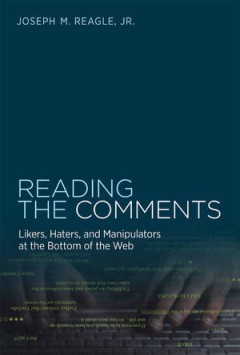
Biologically Inspired Robotics
Robotic engineering inspired by biology—biomimetics—has many potential applications: robot snakes can be used for rescue operations in disasters, snake-like endoscopes can be used in medical diagnosis, and artificial muscles can replace damaged muscles to recover the motor functions of human limbs. Conversely, the application of robotics technology to our understanding of biological systems…
- Edition
- -
- ISBN/ISSN
- 9781439854976
- Collation
- -
- Series Title
- -
- Call Number
- -
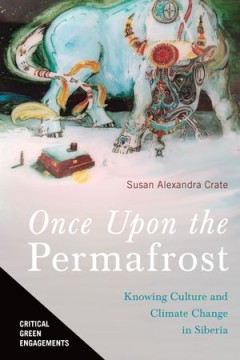
Once Upon the Permafrost : Knowing Culture and Climate Change in Siberia
Once Upon the Permafrost is a longitudinal climate ethnography about “knowing” a specific culture and the ecosystem that culture physically and spiritually depends on in the twenty-first-century context of climate change. The author, anthropologist Susan Alexandra Crate, has spent three decades working with Sakha, the Turkic-speaking horse and cattle agropastoralists of northeastern Siberia…
- Edition
- -
- ISBN/ISSN
- 9780816541546
- Collation
- -
- Series Title
- -
- Call Number
- 305.894 CRA o
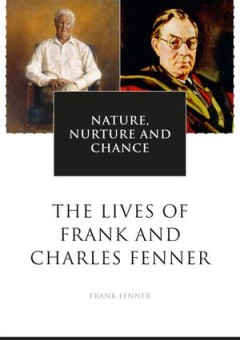
Nature, nurture and chance : the lives of Frank and Charles Fenner
Frank Fenner’s life, as it unfolds in these pages, marks a significant piece of thehistory of Australian science. His chapters are studded with the names of manyof the major players in pathology, microbiology and the rising field of virologywith whose lives he interconnected, and his mode of inserting boxed informationon these participants throughout his text provides valuable biograp…
- Edition
- -
- ISBN/ISSN
- 1 920942 63 7
- Collation
- -
- Series Title
- -
- Call Number
- 579.092 FEN n
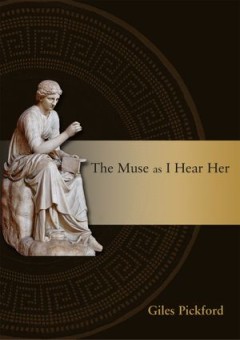
The Muse as I Hear Her
This volume, The Muse as I Hear Her, has been compiled at the urging of ANU Emeritus Faculty to honour Giles Pickford, an admired colleague of long standing. Giles began his appointment in the ANU Public Affairs Division on the 21st of November 1988 and retired on the 8th of May 1998. At that time, a group of colleagues had formed an association that was to become the ANU Emeritus Faculty. From…
- Edition
- -
- ISBN/ISSN
- 9781921934148
- Collation
- -
- Series Title
- -
- Call Number
- 821.4 PIC m

African Music on LP: An Annotated Discography
Containing details of 390 L.P. and E.P. recordings, African Music on LP: An Annotated Discography contributed to the scholarship of African music at a time when very little had been written. Organized by record label and arranged in alphabetical order, Allen P. Merriam assesses the stylistic characteristics of each recording, providing new insights on the subject and the recording industry at t…
- Edition
- -
- ISBN/ISSN
- 9780810138599
- Collation
- -
- Series Title
- -
- Call Number
- 780
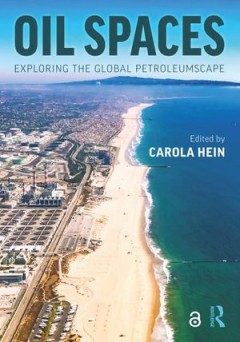
The Field of Musical Improvisation
The central aim of this book is to present a new approach to “the field of musical improvisation” (FMI), a theory which understands improvisation as a nonlinear dynamic and complex system. The study provocatively argues that during an improvisation more actants are “at work” than musicians alone: space, acoustics, instruments, audience, technicians, musical and socio-cultural background…
- Edition
- -
- ISBN/ISSN
- 9789400602632
- Collation
- -
- Series Title
- -
- Call Number
- 780
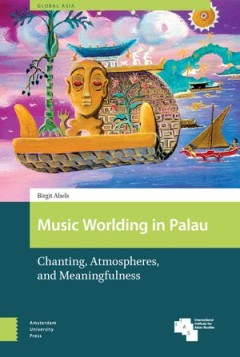
Music Worlding in Palau: Chanting, Atmospheres, and Meaningfulness
Music Worlding in Palau: Chanting, Atmospheres, and Meaningfulness is a detailed study of the performing arts in Palau, Micronesia as holistic techniques enabling the experiential corporeality of music’s meaningfulness—that distinctly musical way of making sense of the world with which the felt body immediately resonates but which, to a significant extent, escapes interpretive techniques. D…
- Edition
- -
- ISBN/ISSN
- 9789048550517
- Collation
- -
- Series Title
- -
- Call Number
- 780 ABE m
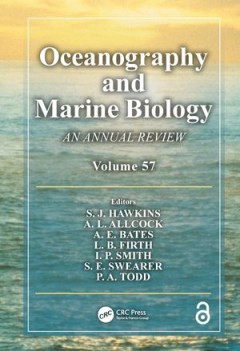
Virtual Works – Actual Things
Beyond musical works: new perspectives on music ontology and performance What are musical works? How are they constructed in our minds? Which material things allow us to speak about them in the first place? Does a specific way of conceiving musical works limit their performative potentials? Which alternative, more productive images of musical work can be devised? Virtual Works – Actual Things…
- Edition
- -
- ISBN/ISSN
- 9789461662521
- Collation
- -
- Series Title
- -
- Call Number
- 780
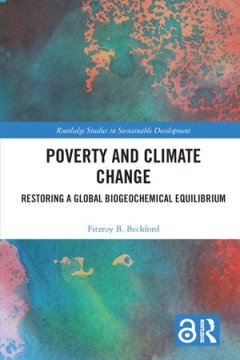
Poverty and Climate Change
Most, if not all of the global biogeochemical cycles on the earth have been broken or are at dangerous tipping points. These broken cycles have expressed themselves in various forms as soil degradation and depletion, ocean acidification, global warming and climate change. The best proposal for an organic solution to fixing the myriad broken cycles is a deliberate investment in solutions that fi…
- Edition
- -
- ISBN/ISSN
- 9781138345416
- Collation
- -
- Series Title
- -
- Call Number
- -
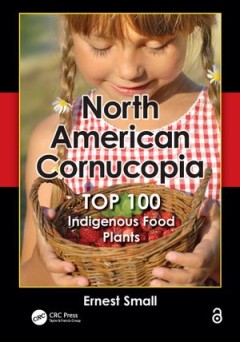
Transpositions: Aesthetico-Epistemic Operators in Artistic Research
Research leads to new insights rupturing the existent fabric of knowledge. Situated in the still evolving field of artistic research, this book investigates a fundamental quality of this process. Building on the lessons of deconstruction, artistic research invents new modes of epistemic relationships that include aesthetic dimensions. Under the heading transposition, seventeen artists, music…
- Edition
- -
- ISBN/ISSN
- 9789461662538
- Collation
- -
- Series Title
- -
- Call Number
- 780
 Computer Science, Information & General Works
Computer Science, Information & General Works  Philosophy & Psychology
Philosophy & Psychology  Religion
Religion  Social Sciences
Social Sciences  Language
Language  Pure Science
Pure Science  Applied Sciences
Applied Sciences  Art & Recreation
Art & Recreation  Literature
Literature  History & Geography
History & Geography